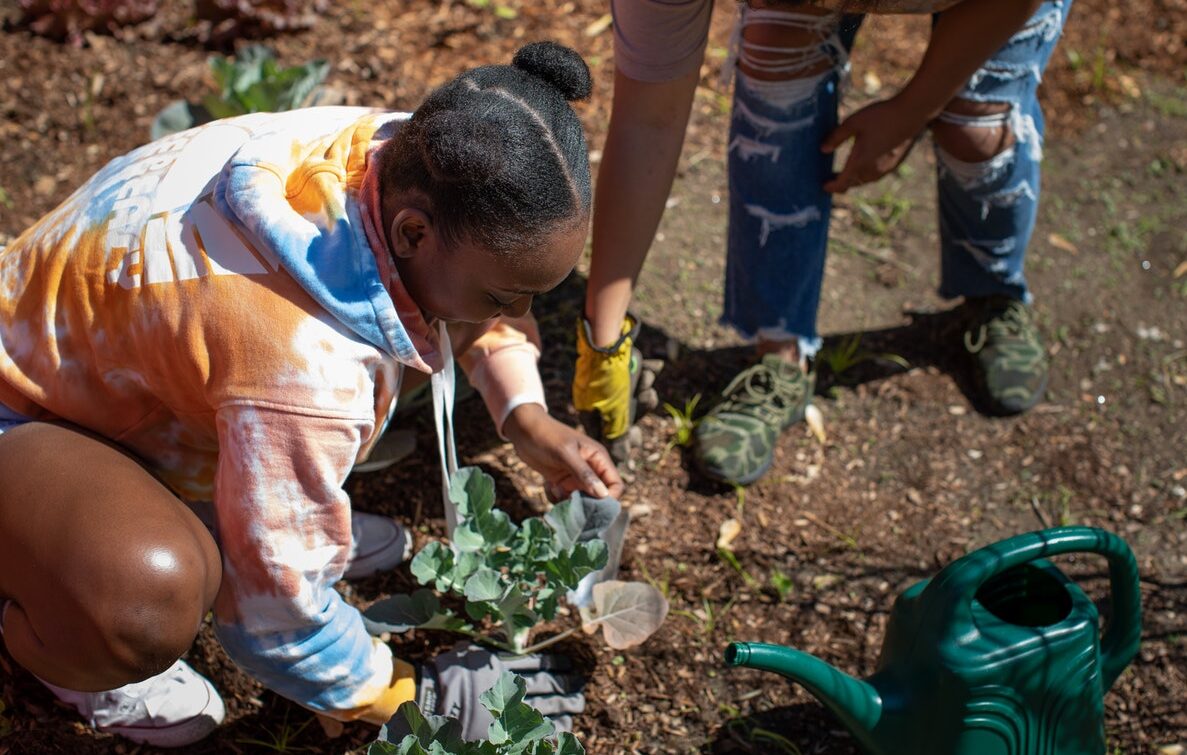Our latest social prescribing blog is written in collaboration with Inside Out Wellbeing. Below, Fiona Williams covers the importance of intersectionality awareness in improving support for mental health needs in social prescribing. Fiona also works as a Social Prescriber and has experience referring clients to services in the London borough of Southwark, with examples of these below.
Social Prescribing & Intersectionality
Intersectionality can be defined as the interconnected nature of social categorisations such as race, gender, class, and sexuality. The term can also include the impact of these on the identities and everyday existence of individuals (Kimberle Crenshaw, 2004). When discussing intersectionality, the (very long) acronym ‘Social G.G.R.R.A.A.A.C.C.E.E.E.S.S.S‘, can specifically help to outline the identities we might fall under.
See the below diagram to find out what it stands for:

Intersectionality is important within social prescribing as clients can receive more personalised support that better meets their needs. This is because social prescribers would gain a greater awareness of their client’s barriers that may prevent them from engaging with services and activities.
For example, a social prescriber with disabled clients could remove physical barriers to accessing in-person services. This could include providing a ramp for wheelchair users or making signs easier to read. Therefore, disabled clients would be more likely to access and engage with recommended services.
The Wheel of Power/Privilege
The Wheel of Power/Privilege represents various intersects. It demonstrates the impact of these on whether someone is more likely to hold power or be marginalised within society. People who fall under identities on the wheel’s middle are more likely to hold power, with those on the edge marginalised.

For example, a Black woman who is homeless, Muslim and identifies as a lesbian may face further issues such as Islamophobia, homophobia and classism. Discrimination like this can be a barrier to them seeking support. As a result, people with marginalised identities are often prone to greater mental health challenges.
Additionally, barriers for people seeking mental health support may include:
- Education levels, which could affect knowledge of existing services and the referral process.
- Cultural norms, which may incite fear of being stereotyped and stigmatised by their family.
- Social class; as individuals may be unable to fund private therapy after being deterred by waiting lists on the NHS.
- Age; as fewer in-person activities following the pandemic can exclude older people, who may be unable to access digital services.
Cultural Inclusion in Social Prescribing

Significantly, many elements are required to make an environment culturally inclusive. Often, it requires mutual respect, effective relationships and clear communication. It is also important to outline expectations explicitly as well as provide space for critical self-reflection.
“In an inclusive environment, people of all cultural backgrounds can freely express themselves. This includes expressing their own identities and opinions.” (University of Sunshine Coast, 2021).
Currently, there is a great number of available services to support people from marginalised communities. Social prescribing support can often differ depending on the local area. Hence, it is important to be aware of local support services.
A refugee client in South-East London, for example, will have relatively more translation services available to them than a refugee based in a rural area. Specific examples of local multi-lingual services in South East London include Waterloo Counselling and Southwark Day Centre for Asylum Seekers.
However, in more rural areas, there may be comparatively fewer services available for refugees. It is important for social prescribers to gain enhanced cultural awareness through training. If social prescribers improve their awareness of different cultures and beliefs, they, in turn, significantly improve their ability to assist all clients.
Cultural inclusion in practice can include:
- Having staff from different backgrounds, which aids the sharing of mutual support and advice.
- Accommodating those with support needs, such as utilising interpreters for refugees.
- Signposting to culturally-specific services for people from marginalised communities. For instance, in South East London, Golden Oldies and Blackriver Counselling provide specialised support for local groups, including those of Afro-Caribbean heritage.
- Being culturally aware and open-minded, as well as being considerate of others.
Intersectionality Awareness in Social Prescribing
Intersectionality awareness can enhance the client’s experience of services, especially for social prescribing. As professionals, we are altogether evolving and learning constantly. Part of our development can also include how best to support those within our service.
Accordingly, there are a few aspects when working in social prescribing to consider, including:
- Broadening your perspective.
- Using different tones and language.
- Listening with purpose.
- The individual’s stance, e.g. if they are sympathetic or empathetic.
- Being aware of signposting options.
- Following up with the individual.
- Checking in with yourself.
Recommended reading:
- Critical Multiculturalism and Intersectionality in a Complex World (2018) – Lacey Sloan.
- Culture Map: Decoding How People Think, Lead, and Get Things Done Across Cultures (2015) – Erin Meyer.
Resources:
- Lambeth & Southwark Mind – Black River Counselling
- Southwark Day Centre for Asylum Seekers
- Golden Oldies Day Centre – Southwark
- London Black Women’s Project
- Spark & Co.
More…
Visit the London Social Prescribing Network Homepage to join our network.
See our previous case study on the intersectionality approach and social prescribing.
BAYO is a space to find collectives, organisations and services across the UK run by The Ubele Initiative, with and for the Black community, to support mental health and wellbeing.

